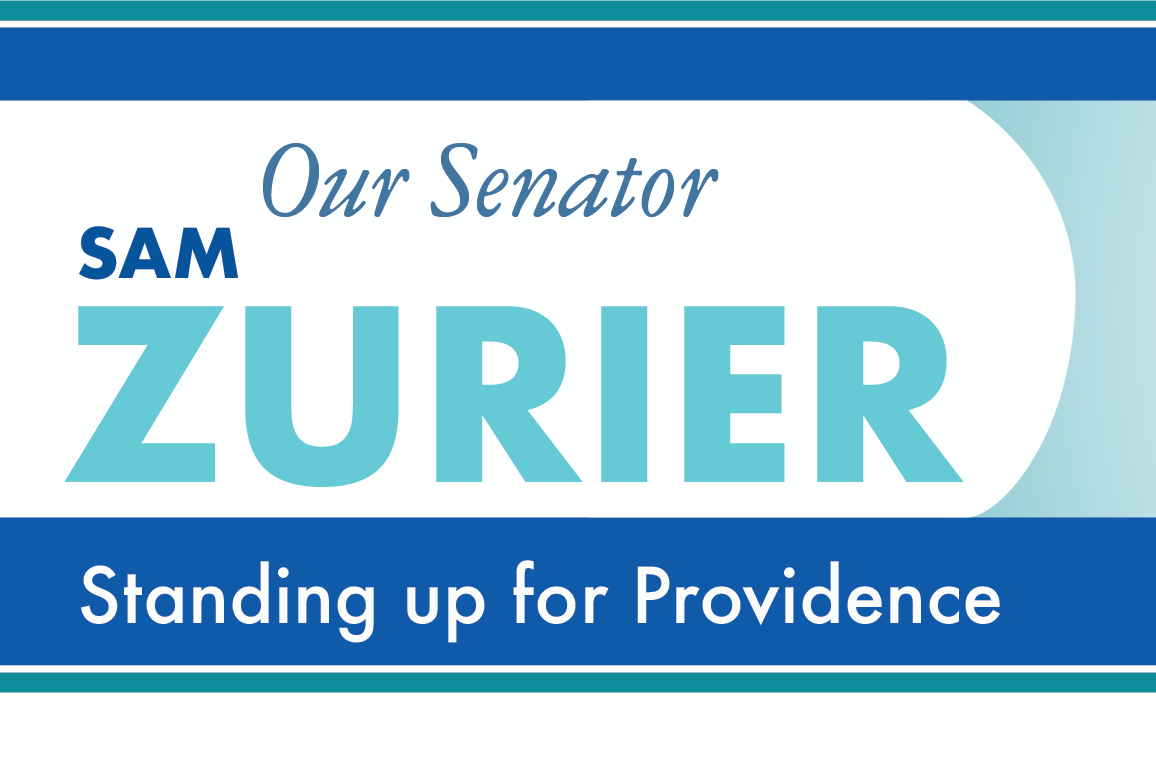I hope you have a chance to get outdoors this weekend. In today’s letter, I will discuss the first two State bond questions on our November ballot.
a. Question No. 2: Science facilities at URI and RIC
If approved, Ballot question No. 2 would provide bond funding for a biomedical sciences building at URI’s Kingston campus ($87.5 million) and the conversion of Whipple Hall into a home for RIC’s new Institute for Cybersecurity and Emerging Technologies ($73 million). I will be voting “Yes” on this question.
The URI biomedical sciences building will provide laboratory facilities for research in the biomedical sciences, supporting current efforts in such fields as Alzheimer’s and ALS. The new facility will support the education of URI students, as well as the mission of the new Rhode Island Life Sciences Hub, whose mission is to support the development of this industry in our State.
The bond also will fund construction of the facilities for RIC’s new Institute for Cybersecurity and Emerging Technologies. The recently discovered ransomware attack on the Providence Public Schools computer system provided us with a front row seat to the perils of cyber breaches. There is a currently a shortage of qualified technicians, so the establishment of RIC’s program will fill a national need while providing RIC’s students with valuable skills that should easily translate into rewarding careers.
b. Question No. 3: Affordable housing
If approved, Question No. 3 would provide for a $120 million bond to housing and community development in these ways:
· $80 million for affordable housing;
· $10 million for community revitalization projects;
· $5 million for site acquisition and supportive housing;
· $4 million for housing-related infrastructure; and
· $1 million for municipal planning.
In recent years, we have become all too aware of the significant shortage of housing in Rhode Island, which has produced an affordability crisis for people wishing to live in our State. I will be voting “Yes” on this question, but I remain concerned about our ability to fill the housing gap that currently exists in our State. I recently read the RIPEC Housing Policy Report, which estimates that the bond can fund a total of 586 low/moderate income units, at a time when the shortfall probably exceeds 20,000 units. The report recommends that we find more cost-effective methods for developing low-income housing, such as for example, a governmental development program. I plan to continue studying alternatives (such as municipal development agencies) that could reduce the per-unit cost to a more affordable level.
